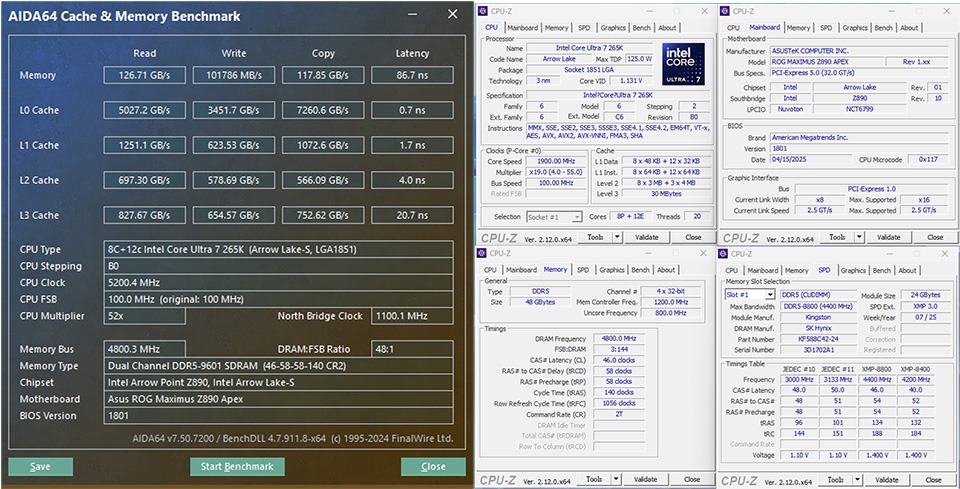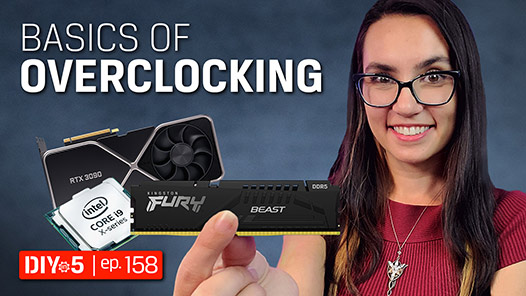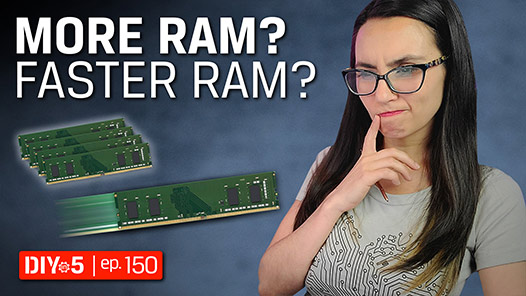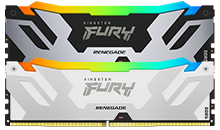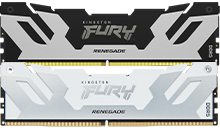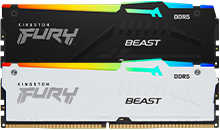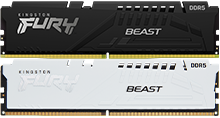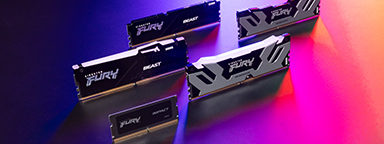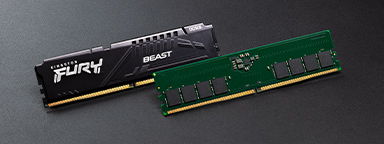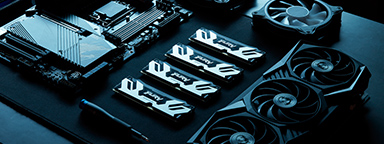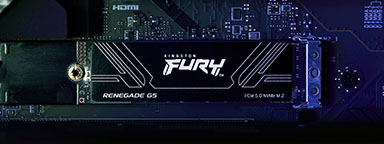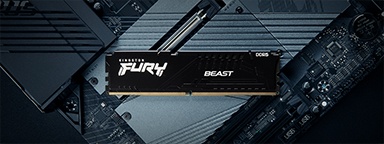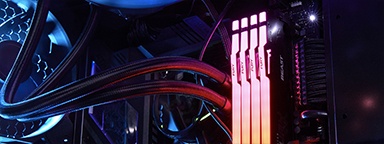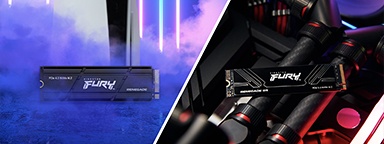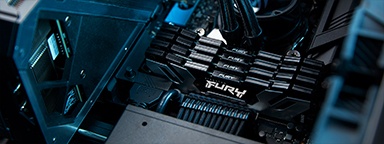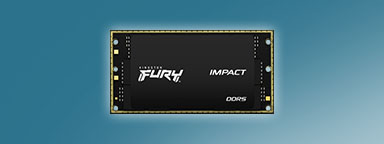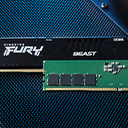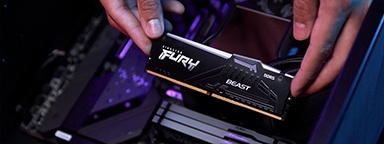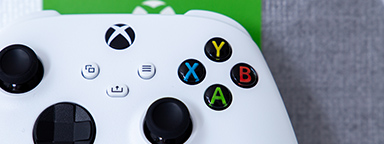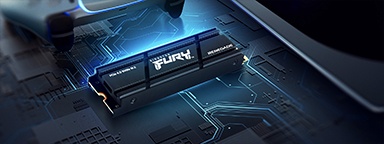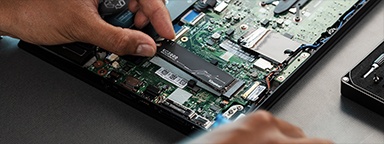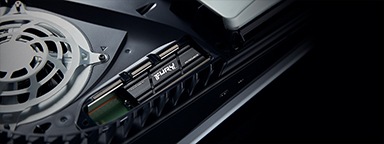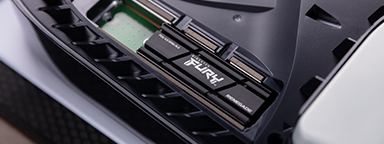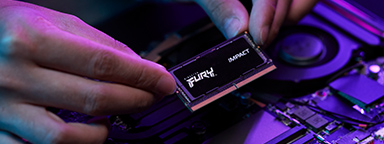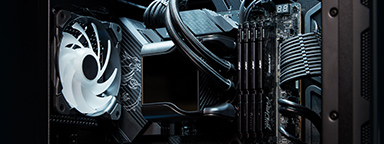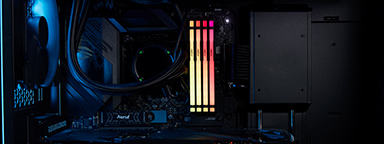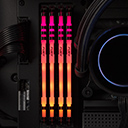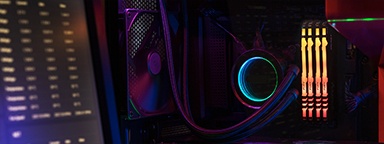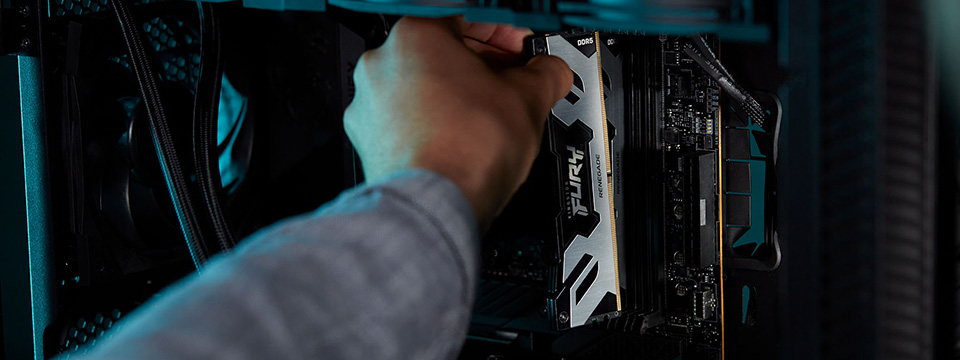
You may have come across the term Intel Gear Modes in discussions about RAM, but what exactly are they, and how do they impact system performance?
Intel Gear Modes are the clock speed ratios of the memory controller inside the CPU to the clock speed of the memory modules. Essentially, they dictate how fast the CPU's memory controller communicates with the RAM. This allows for greater flexibility in achieving higher memory speeds and compatibility with various memory kits.
Gear Modes were introduced because as DDR4 memory speeds increased, the integrated memory controller (IMC) within the CPU began to struggle with maintaining stability and power efficiency at higher frequencies, particularly when overclocking. To address this, Intel introduced Gear Modes with its 11th-generation “Rocket Lake” processors in 2021. This allowed the memory and the IMC to operate at different clock speeds, enabling support for faster RAM while maintaining system reliability.
| Defining Gear Modes | ||||
|---|---|---|---|---|
| Gear Mode | Memory clock: IMC clock ratio | Memory tech | Memory frequency range | Description |
| Gear 1 | 1:1 | DDR4 | 2133 – 3600MT/s | IMC and RAM operate at the same frequency |
| Gear 2 | 2:1 | DDR4 & DDR5 | 3300 – 9000MT/s | IMC runs at half the memory speed |
| Gear 4 | 4:1 | DDR5 | 9000MT/s + | IMC runs at one-quarter of the memory speed |
By default, the BIOS automatically selects the appropriate Gear Mode, but users can manually adjust it if needed. It's important to note that overclocking to reach high speeds–such as 3600MT/s in Gear 1 or 9000MT/s in Gear 2–requires a high-quality CPU and motherboard to ensure signal stability between the processor and memory.
How Gear Modes work
Intel Gear Modes separate the clock speeds of the memory controller (IMC) and the system memory, allowing for more flexibility and stability at higher RAM frequencies:
- Gear 1: IMC and the memory operate at the same frequency
ex: DDR4-3200 (1600MHz) → IMC runs at 1600MHz - Gear 2: IMC operates at half the memory frequency
ex: DDR5-9000 (4500MHz) → IMC runs at 2250MHz - Gear 4: IMC operates at a quarter of the memory frequency
ex: DDR5-9600 (4800MHz) → IMC runs at 1200MHz
This decoupling reduces the electrical and thermal load on the IMC, enabling support for higher memory speeds with lower voltage requirements. However, it can also introduce additional memory latency, which may impact overall system performance depending on the workload.
|
Gear 1 Memory Frequency: 3200MT/s (1600MHz) IMC Frequency: 1600MHz |
 |
|
Gear 2 (4500MHz) |
 |
|
Gear 4 (4800MHz) |
 |
DDR (Double Data Rate) memory transfers data on both the rising and falling edges of each clock cycle. The data transfer rate in MT/s (megatransfers per second) is effectively twice the clock rate in MHz (megahertz).
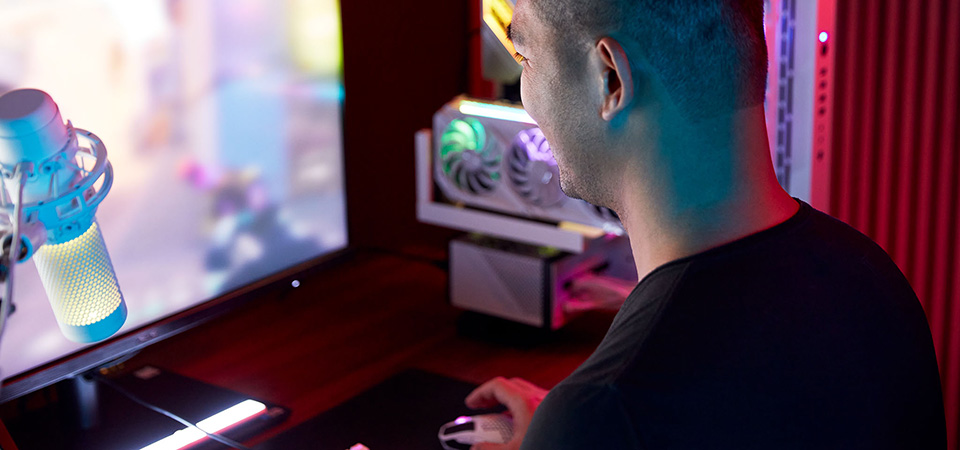
How do Gear Modes affect system performance?
There are two major factors that come into play when we’re talking about Gear Modes:- Memory bandwidth: The maximum rate at which data can be read or written by the CPU.
- Memory Bandwidth = memory frequency x bus width
- ex: 2x DDR5-6400 modules installed into a dual channel motherboard
- 6400MTs x 8 bytes (64 bits) = 51.2 GB/s per channel
- Since you have two modules and two memory channels, you would multiply 51.2 GB/s x 2 = 102.4 GB/s max memory bandwidth
- Latency: In relation to memory, latency is the delay between when a CPU requests data from the RAM and when that data becomes available to the CPU.
| Gear Mode | Bandwidth | Latency |
|---|---|---|
| Gear 1 | Lowest | Lowest |
| Gear 2 | Medium | Medium |
| Gear 4 | Highest | Highest |
As you shift into Gear Mode 2 or 4, the IMC becomes a bottleneck because it can only process data at a fraction of memory speed. This bottleneck causes a higher (longer) latency, so in some cases, staying in a lower gear mode with a lower latency could be better. For first-person shooters, more frames per second and low input lag are king, so you would want to opt for lower latency over more bandwidth. If your workloads are more focused on AI, video editing, 3D rendering or any applications where throughput is more important than responsiveness, then prioritizing memory bandwidth over latency could be beneficial.
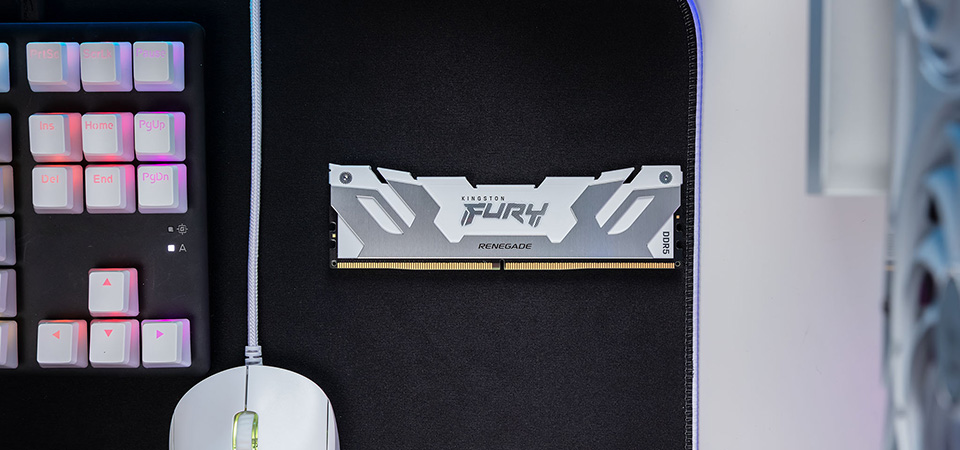
DDR5-8800 in Gear 2 vs. DDR5-9600 in Gear 4
Now that you’ve gone through a crash course on Gear Modes, let’s look at some AIDA64 benchmarks to compare how memory running at two different frequencies is affected by Gear Modes.
Benchmark system
Motherboard: ASUS ROG Maximus Z890 APEX (BIOS v1801)
Processor: Intel Core Ultra 7 265K
Memory: 48GB (2x24GB) DDR5-8800 CUDIMMs
vs 48GB (2x24GB) DDR5-9600 CUDIMMs
For this comparison, we used the same DDR5-8800 memory kit in both tests. To ensure consistency, we overclocked it to 9600MT/s for the second benchmark. This allowed us to isolate the impact of Gear Modes while keeping the DRAM itself constant. As you can see from the results, the 8800MT/s kit beat the 9600MT/s in performance in most cases:
| AIDA64 memory benchmark | |||||
|---|---|---|---|---|---|
| Memory | Gear Mode | Read | Write | Copy | Latency |
| DDR5-8800 | Gear 2 | 127.15 GB/s | 102.14 GB/s | 112.47 GB/s | 74.6 ns |
| DDR5-9600 | Gear 4 | 126.71 GB/s | 101.79 GB/s | 117.85 GB/s | 86.7 ns |
Despite the higher frequency, the DDR5-9600 configuration running in Gear 4 underperformed in most areas compared to the DDR5-8800 setup in Gear 2. Here's why:
- IMC bottleneck: In Gear 4, the memory controller operates at just one-quarter the memory speed, limiting its ability to fully utilize the available bandwidth.
- Latency impact: The DDR5-8800 setup had approximately 14% lower latency, which is essential for responsiveness in applications like gaming.
- Bandwidth vs. efficiency: While DDR5-9600 offered slightly higher copy speeds, the overall performance was hindered by increased latency and IMC bottlenecks.
In short, raw speed isn’t everything–lower latency and better IMC efficiency often deliver more tangible performance benefits, especially in latency-sensitive tasks.
Conclusion
Intel’s Gear Modes offer a way to balance memory speed and system stability as memory technology continues to evolve. By decoupling the memory controller from the memory frequency, Gear Modes allow CPUs to support higher RAM speeds without compromising reliability. However, this comes with trade-offs, particularly in latency, which can significantly impact real-world performance depending on the workload. As demonstrated in the DDR5-8800 vs. DDR5-9600 benchmark, higher memory speeds in Gear 4 don’t always translate to better performance due to increased latency and IMC bottlenecks. For gamers and latency-sensitive users, Gear 1 or Gear 2 with slightly lower frequencies may offer better responsiveness. Meanwhile, professionals working with bandwidth-heavy applications may benefit more from higher-speed memory in Gear 2 or Gear 4. Understanding how Gear Modes impact performance can help you choose the right memory configuration to maximize your system’s potential.
DDR5-8800 CL46 in Gear 2
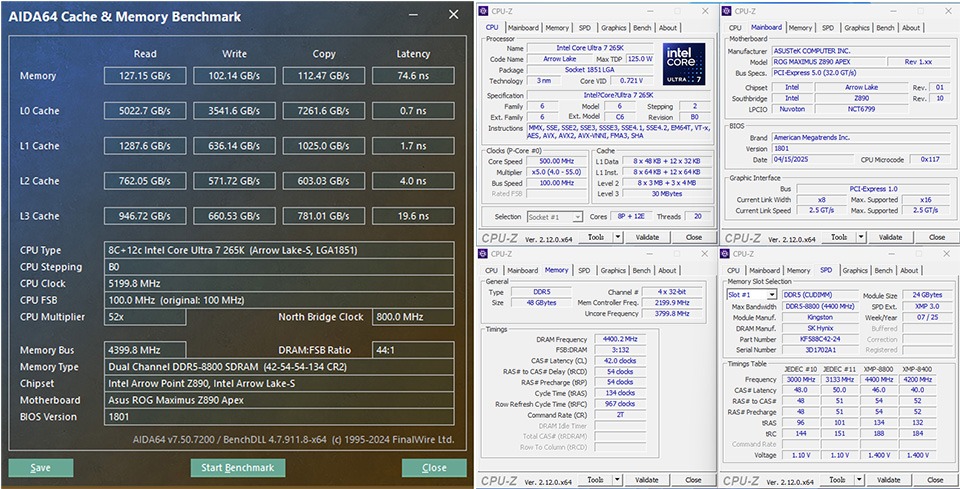
DDR5-9600 CL46 in Gear 4
